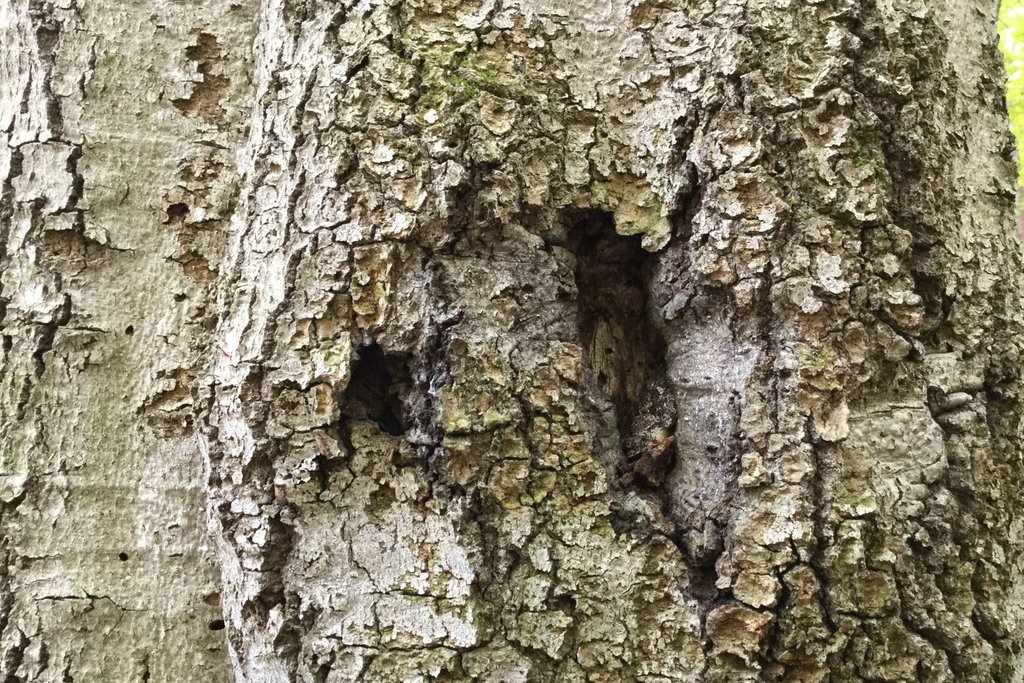Hiding in Trees
Note: this post is the answer to a natural history quiz I posted to my instagram account. Follow me to get weekly natural history quizzes.
Question:Â This amphibian is hiding out in a hole in a very damaged (though still alive) tree. Who’s the amphibian? Bonus question: what tree is that?
As I wrote in my last post, amphibians are on the move in search of overwintering sites. This little critter is a gray treefrog, and with cold temperatures arriving, hibernation is surely on her mind (females are larger and have white chins). For aquatic frogs (e.g. leopard frogs, bullfrogs, green frogs) the journey is short and easy as they spend the long cold months underwater where they are almost entirely inactive. I used to think they just borrowed in mud like turtles, but turns out they would suffocate in the mud. Instead they hang out on the bottom of the pond (where O2 levels are slightly higher) and occasionally move about.
Terrestrial frogs move upland and post up beneath the leaf litter or in rotting logs where they’re somewhat insulated from harsh winter temperatures. Insulation alone wouldn’t be enough to weather the frigid weather of a New England winter. Gray treefrogs (the answer to this week’s quiz) confront winter hibernation by succumbing to the cold, with up to 60% of their body water freezing! While they can (though not all do) survive freezing temperatures at any time of year, a 1989 experiment showed that gray treefrogs are significantly more tolerant of freezing temperatures after a period of acclimatization to cold weather (link). The treefrog has several physiological processes that act in concert to reduce the damage of freezing. In a 2001 experiment, researchers froze gray treefrogs after 12 weeks of cold-acclimatization. They found that levels of plasma glucose, a cryoprotectant (cryoprotectants both reduce the freezing temperature and prevent damage during the freezing process), jumped to 20x higher than those before freezing and that 60% of body water was ice. They also found that certain organs (like the liver) had a higher concentration of water after freezing occurred (link). Interestingly – and novel among our amphibians – gray treefrog adults utilize glycerol in addition to glucose as a cryoprotectant.
Bonus question: The treefrog in the photo is nestled in a hole in an American beech. Typically the bark of beech is quite smooth and light gray. The fractured pattern of this tree is a symptom of a losing battle an infection from the Nectria fungus. Trees are inoculated by spores that are injected by the feeding mouthparts of the parasitic beech scale (a tiny insect). The primary infection opens up the tree to invasion from a host of secondary pathogens. This tree was in pretty poor shape with a number of cavities in the trunk that could serve as refugia for treefrogs. Thanks to my student for spotting this little critter.





